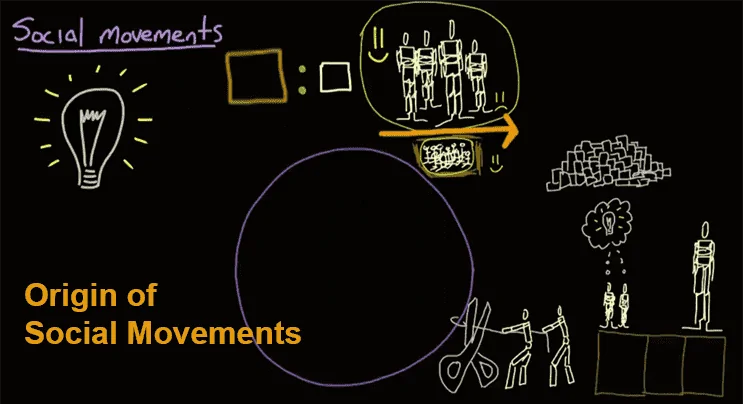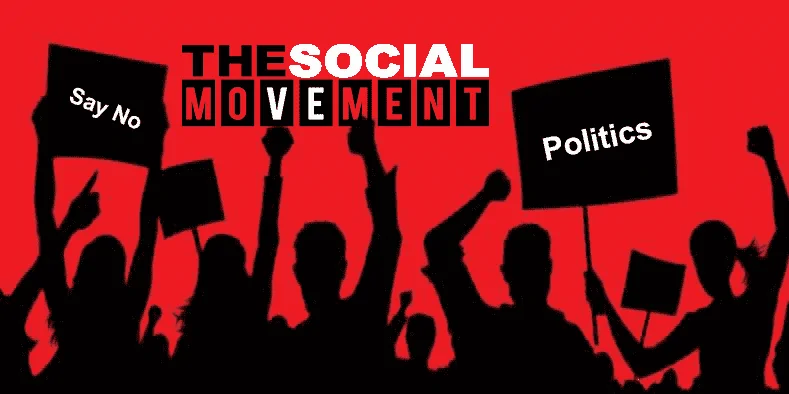Define Social Movement and Discuss its Important Features.
Social Movement:
In a society a large number of changes have been brought about by efforts exerted by people individually and collectively. Such efforts have been called social movements. A social movement is defined as a collectively acting with some continuity to promote or resist a change in the society or group of which it is a part.
Social movement is a form of dynamic pluralistic behavior that progressively develops structure through time and aims at partial or complete modification of the social order. A social movement may also be directed to resist a change. Some movements are directed to modify certain aspects of the existing social order whereas others may aim to change it completely. The former are called reform movements and the latter are called revolutionary movements.
Social movements may be of numerous kinds such as religious movements, reform movements or revolutionary movements. Lundberg defined social movement as a voluntary association of people engaged in concerted efforts to change attitudes, behavior and social relationships in a larger society.
Important Features of Social Movement:
Collective Action:
Social movement undoubtedly involves collective action. However, this collective action, takes the form of a movement only when it is sustained for a long time. This collective action need not be formally organised. It could be an informal attempt also. But it should be able to create an interest and awakening in relatively large number of people.
Oriented Towards Social Change:
A Social movement is generally oriented towards bringing about social change. This change could either be partial or total. Though the movement is aimed at bringing about a change in the values, norms, ideologies of the existing system, efforts are also made by some other forces t) resist the changes and to maintain the status quo.
Ideology Behind the Movement:
An important component of social movement that distinguishes it from the general category of collective mobilization is the presence of an ideology.
Organizational Framework:
As Paul Wilkinson has pointed out that a social movement requires a minimum of organisational framework to achieve success or at least to maintain the tempo of the movement. To make the distinction clear between the leaders and followers, to make clear the purposes of the movement,.to persuade people to take part in it or to support it, to adopt different techniques to achieve the goals – a social movement must have some amount of organisational framework.
The Techniques and Results:
A social movement may adopt its own technique or method to achieve its goal. There is no certainty regarding it. It may follow peaceful or conflicting,-violent or non-violent, compulsive or persuasive, democratic or undemocratic means or methods to reach its goal.
The same thing is true of the results. it may become successful or it may fail; it may become partial success or at least it may create a general awakening in the public regarding an issue. The result of a movement has a close bearing on-the ideology’ and the organisational framework.




